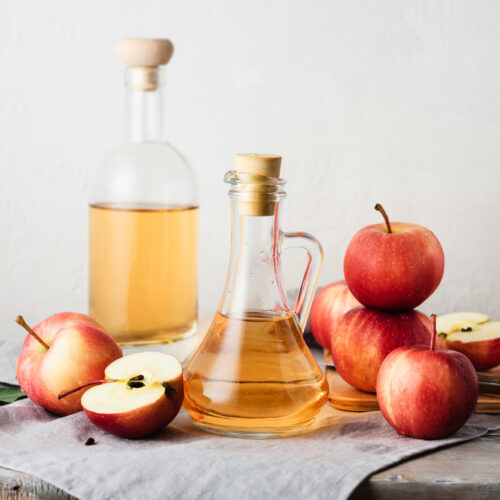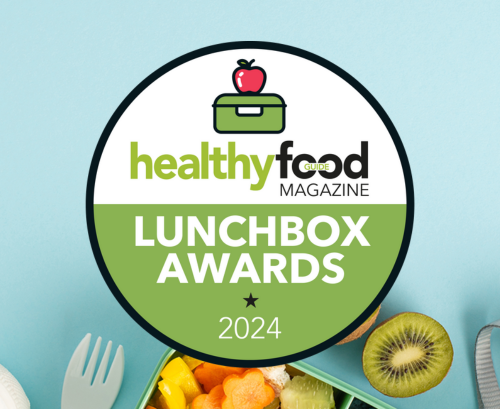
Hand sanitiser is everywhere these days, thanks to COVID-19 infection control measures, but some people are not fully aware of the risk of death by swallowing alcohol-based sanitiser, according to new research.
An analysis of reports into two deaths in the UK by ingestion of hand sanitiser and accidental poisonings of children in Australia and the US shows the public is largely unaware of the potential safety hazard of having easily accessible hand sanitiser around, according to researcher Georgia Richards.
There was a 157 per cent increase in poisonings from alcohol-based hand sanitisers reported to the National Poisons Information Service in the UK between January and September 2019 and January and September 2020, the study published in BMJ Evidence-Based Medicine says.
And increases in hand sanitiser-related calls to poison centres have been reported around the world.
More needs to be done to protect those at risk of unintentional and intentional swallowing of this chemical such as children, people with dementia/confusion, and those with mental health issues,” Richards says.
Hand hygiene measures need to continue, in the face of the pandemic, but mitigating the risk of alcohol-based sanitiser ingestion also needs to be part of the picture, Richards says.
She makes eight recommendations to cut the risk of poisoning from ingestion of hand sanitiser:
Ways to cut hand-sanitiser poisoning risk in all settings
1. A public health campaign to educate the public and healthcare professionals about hand hygiene, when alcohol-based hand sanitisers may be preferred over water and soap, and the potential for misuse and serious adverse health events if alcohol-based hand sanitisers are ingested, including death
2. When supplying large volumes of alcohol-based hand sanitisers, secure bottles or contents in lockable dispensers
3. Mandate manufacturers to display clear warning labels on products about the potential for misuse and harms if ingested
4. Enforce and monitor the reporting and analysis of poisonings and deaths from the ingestion of alcohol-based hand sanitisers to public health authorities
5. Children should be supervised when using hand sanitisers, and products kept out of reach when not in use
Ways to cut hand-sanitiser poisoning risk in healthcare settings
1. National guidance on where and how alcohol-based hand sanitisers should be located (eg, in lockable dispensers or removed from rooms for high-risk patients), and how to treat people who have ingested alcohol-based hand sanitisers, tailoring the guideline to the availability of treatments, types of sanitisers available and providing contacts for local poisons information centres
2. Track the daily volume of sanitiser being dispensed to provide feedback on hand-hygiene practices and to alert staff when overuse is detected
3. For patients with alcohol use disorder or at high-risk, particularly those in geriatric, paediatric or mental health facilities, access to alcohol-based hand sanitisers should be removed and staff should be provided with individual portable sanitisers.
What if someone is poisoned?
If a child or someone else ingests hand sanitiser, the National Poisons Centre recommends giving them something to eat and contacting your local poisons centre for further advice. Different hand sanitisers may require different treatments.
For more on hand sanitiser read: How to make your own hand sanitiser
Article sources and references
- Don't drink the hand sanitiser - it can kill. Scimex, accessed 3 December 2020https://www.scimex.org/newsfeed/dont-drink-the-hand-sanitiser-it-can-kill
- Georgia C Richards. Alcohol-based hand sanitisers: a warning to mitigate future poisonings and deaths. BMJ Evidence-Based Medicine Published Online First: 01 December 2020. doi: 10.1136/bmjebm-2020-111568https://ebm.bmj.com/content/early/2020/12/02/bmjebm-2020-111568.citation-tools
- Alcohol-Based Hand Sanitisers. National Poisons Centrehttps://poisons.co.nz/articles-and-info/common-poisons-around-the-home/view/alcohol-based-hand-sanitisers/#poisoning
- Covid-19: Accidental chemical poisonings surge as children eat hand sanitiser and public clean food in bleach. The Telegraph, accessed 3 December 2020https://www.telegraph.co.uk/global-health/science-and-disease/accidental-chemical-poisonings-surge-children-eat-hand-sanitiser/
www.healthyfood.com










